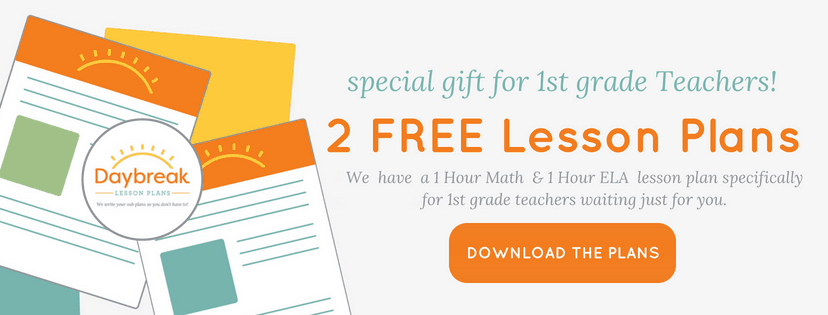Primary grades need so many hands on activities that it can easily break the bank buying the games and materials. If you make the activities, they can easily take over the little prep time teachers have.
After years of teaching in first grade, I found that the best, most fun games that my classes enjoyed were the ones that were cheap and easy to make. The inspiration and ideas came from Mr. Smith, a first grade teacher, who has made tons of short videos sharing his tips in the classroom. You can find his videos on youtube here.
He is hilarious, and I guarantee that once you watch one video, you’ll want to watch the rest. He has amazing, easy, and cheap/free ideas to help with behavior management, phonics and math games, classroom management, and more.
I will share with you my favorite games from Mr. Smith. There are 4 main reasons that these games are so great are:
- The materials are cheap.
- The topics can be easily switched out, so the game can be replayed with different skills or skill levels.
- The game is easily played by the students without the help of a teacher.
- They are super easy and fast to make.
Several of the games require flashcards. You can make them or buy them on whatever topic your class is learning. They can range from letter names, numbers, shape identification, number sentences, sight words, to vocabulary and more. When you play the game, choose which topic you want to practice and the next time you want to play the game, you can easily switch out the flashcards.
Save the Baby! A firefighter game

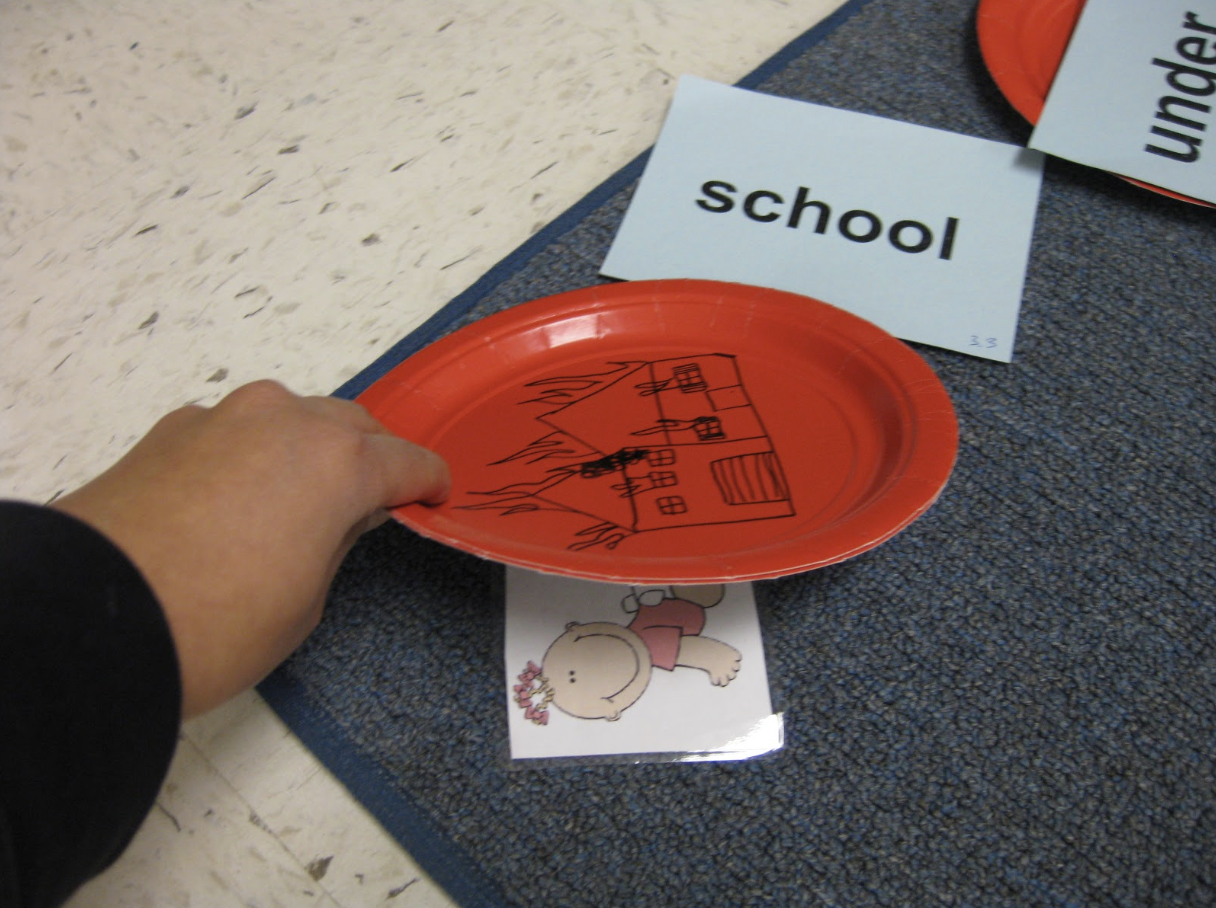
Materials: 10-15 colorful paper plates, flashcards, firefighter hats, small picture of a baby (laminated for durability)
Prep work: draw houses/buildings on the paper plates with flames
How to play: Place a flashcard on each plate. Teacher hides the picture of the baby under a plate. Students wear the firefighter hats and take turns guessing where the baby is. In order to look under the plate, they have to read the sight word or answer the number sentence on the flashcard, etc. Once they answer correctly, they can look under the plate. If they find the baby, they get to hide the baby next.
Variation: You can hide a different picture like a puppy or favorite character to mix up the theme of the game. You do not have to draw anything on the plates.
Bean Bag Toss
Materials: 10-15 paper plates, flashcards, 3 bean bags
Prep work: Nothing!
How to play: Place a flashcard on each plate. Students take turns and stand behind a line to toss their bean bags. If it lands on a plate, they must read the word or answer the flashcard, etc. Then they get to collect the flashcard and replace the plate with a new one. I like to give each student a basket or plate to collect their cards.
Fishing

Materials: Flashcards, wooden dowel rods, string, magnets, duct tape, paper clips, a handful of flashcards that say “oops!”
Prep work: Tie and tape string onto wooden dowel (the string should be long enough that it reaches the ground like a fishing pole), tape a strong magnet onto the end of the string, attach paper clips to each flashcard.
How to play: Place flashcards face down. Students take turns to fish for a flashcard by using their magnetic fishing pole to pick up a flashcard. If they pick one up, they must read the sight word or answer the question, etc. to take the card. I give students plates or baskets to collect their cards. If they pick up an “oops!” card, they have to put all their cards back into the ocean.
Number Sequence Puzzles
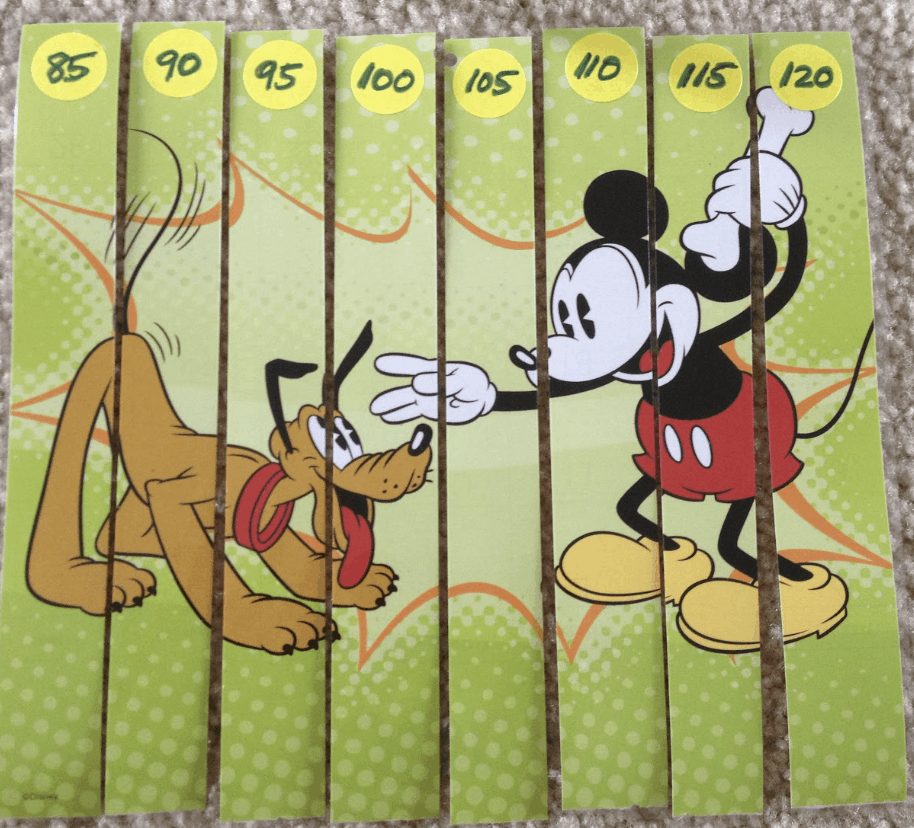
Materials: calendars or any fun pictures, dot labels, sealable plastic bags for storage
Prep work: place dot stickers evenly across the top or bottom of the picture. Write numbers – skip counting, numbers in descending or ascending order, etc. Cut the picture into strips and place in plastic bags. It helps to put a colored dot on the back of the strips and the plastic bag so if any strips get lost, you know which bag it belongs to. I laminate the strips for durability.
How to play: Students place the strips in order according to the skill being practiced to complete the picture.
Power Towers
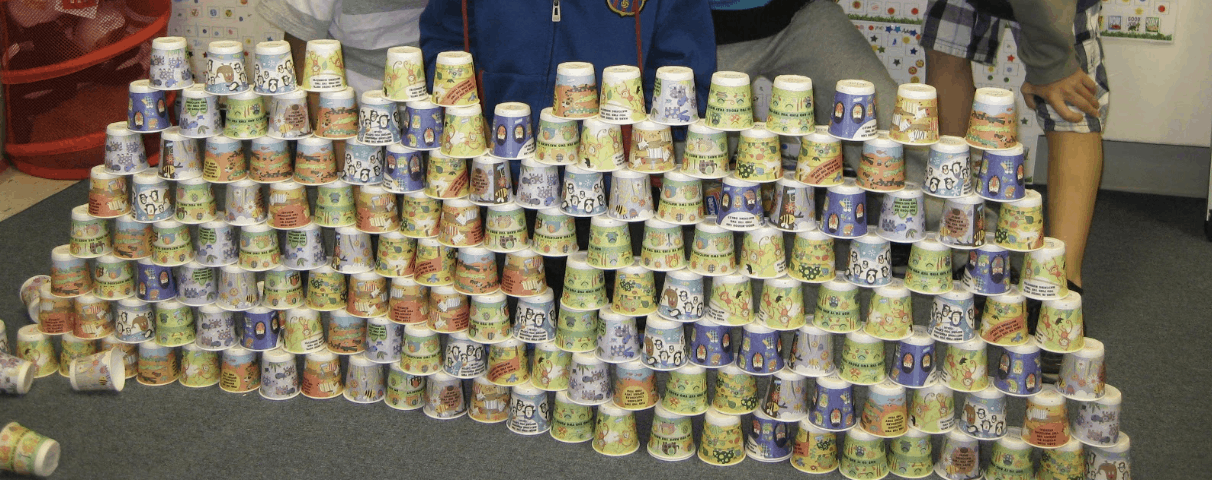
Materials: small paper cups
Prep work: write sight words on the bottom of each cup
How to play: students work together to build towers of any shape/size. In order to take a cup, they must read the sight word first before placing it on the tower.
After making these games and watching teacher tipster’s videos, I looked at items in the dollar section in a whole new way. Anything with separate compartments can become ten frames or place value sections. A bug net can be used as a catcher to catch sight words, or a fun hat can be incorporated into dramatic play in a game. Next time you visit the dollar section, take a peek at what items you might be able to turn into creative and fun games!
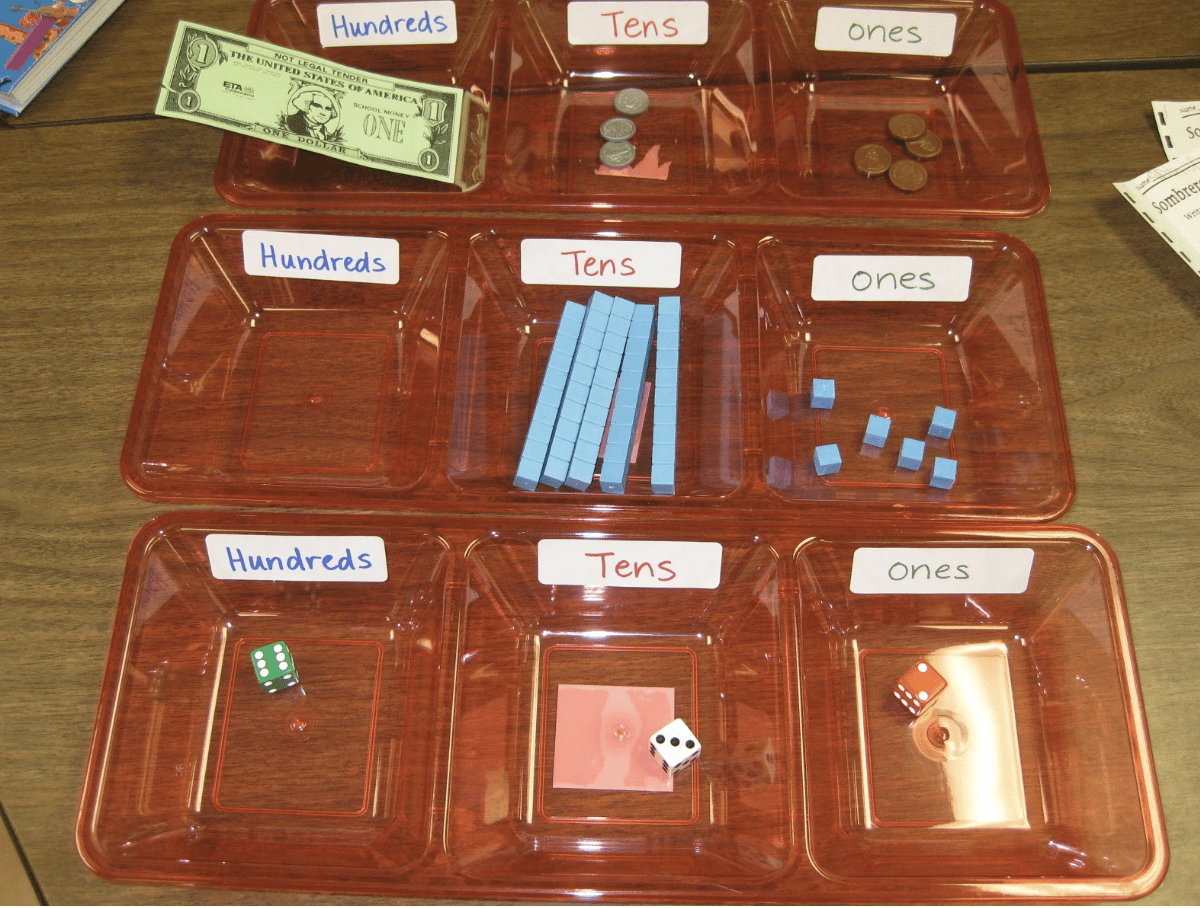
I hope these quick and cheap game ideas will save you some time and inspire you to create some or your own fun games. Don’t forget to check out Daybreak Lesson Plans First Grade Lessons and find some lessons that also include games and activities with all the materials included!
